October 29, 2024: Diwali, the festival of lights, has been celebrated in Indian homes for centuries. Marked by the lighting of diyas, the sharing of sweets, and the worship of deities, Diwali has always been a time of joy, togetherness, and spiritual significance. While the essence of Diwali remains the same, the ways in which it is celebrated have evolved to reflect changes in society, technology, and values. Here’s a look at Diwali traditions then and now, exploring how the festival has adapted to the times while keeping its heart intact.
The Diyas: From Traditional Earthen Lamps to Electric Lights
Then:
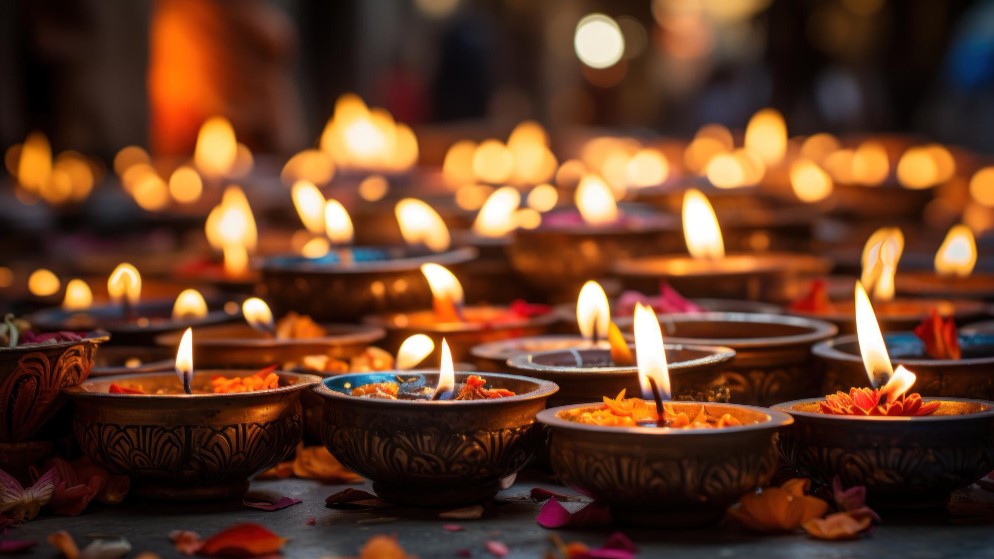
Traditional diyas made of clay and filled with oil were once the primary source of lighting during Diwali. Lighting these diyas symbolized the victory of light over darkness, with families coming together to set up lamps around the home to invite prosperity.
Now:

While many still light diyas, electric lights, LED lamps, and even string lights have become a staple of Diwali decor. Today’s homes glow with everything from fairy lights draped along balconies to elaborate LED installations. This modern twist allows for colorful, safe, and environmentally friendly lighting, though many continue the tradition of lighting diyas for their symbolic value.
Sweets and Feasts: Homemade Goodies vs. Gourmet and Health-Conscious Treats
Then:
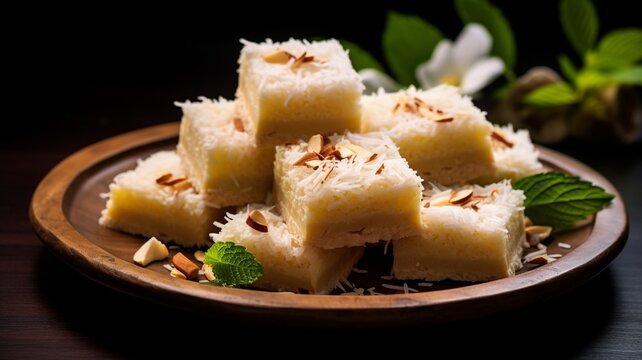
Traditionally, Diwali preparations included making sweets like laddoos, barfis, and gujiyas at home. Families would spend days preparing these treats, which they would offer to guests and exchange with neighbors. The process of making sweets together was an important bonding activity.
Now:
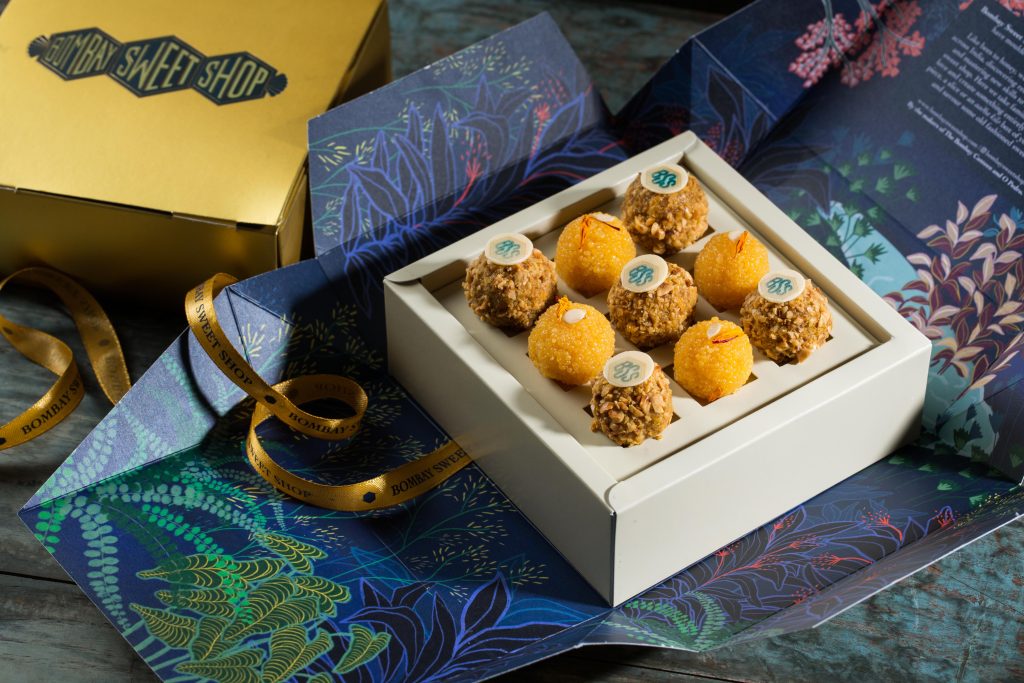
While some families still prepare sweets at home, busy schedules have led to the popularity of store-bought sweets and gourmet options. There’s also a growing trend of health-conscious Diwali treats, with families opting for sugar-free, gluten-free, and organic alternatives. Artisanal mithai (sweets) shops and curated gift hampers have replaced traditional sweets for some, adding a modern twist to the Diwali menu.
Fireworks: From Spectacular Displays to Environmentally Friendly Choices
Then:

Fireworks were once a central part of Diwali celebrations, with people of all ages coming together to enjoy the vibrant display of colors and sounds. The spectacle was seen as a celebration of the festival’s joyous spirit.
Now:
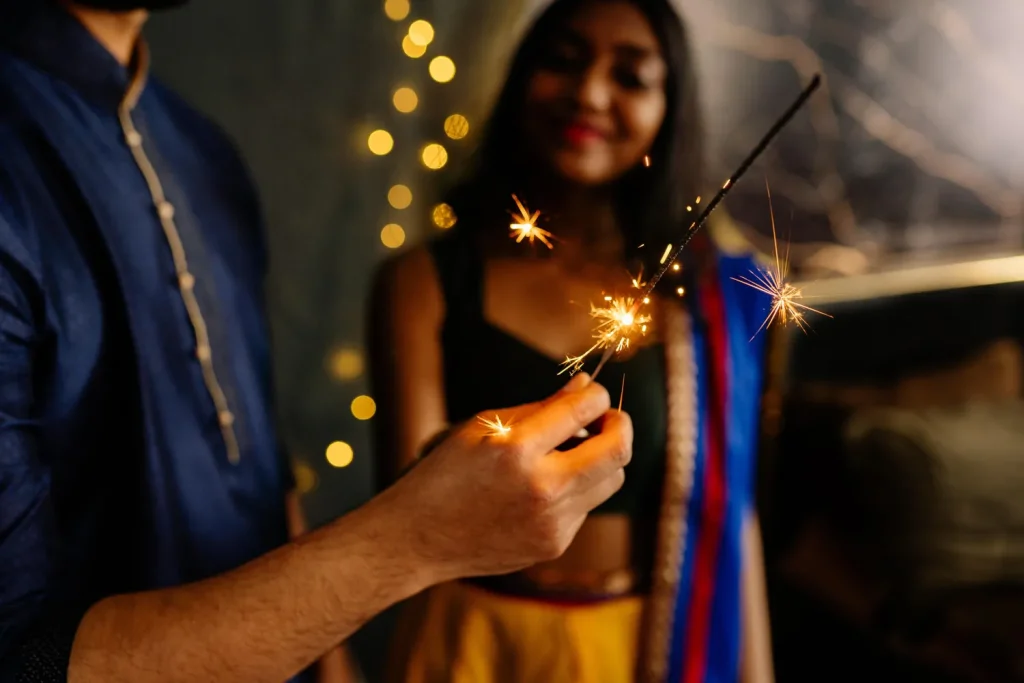
With rising awareness about environmental concerns and air quality, many families are turning away from traditional fireworks. Eco-friendly celebrations now feature laser shows, soundless fireworks, or, in some cases, no fireworks at all. In many urban areas, community gatherings have opted for green alternatives, allowing families to enjoy the festival responsibly.
Diwali Puja: Extended Rituals to Simplified, Family-Friendly Worship
Then:
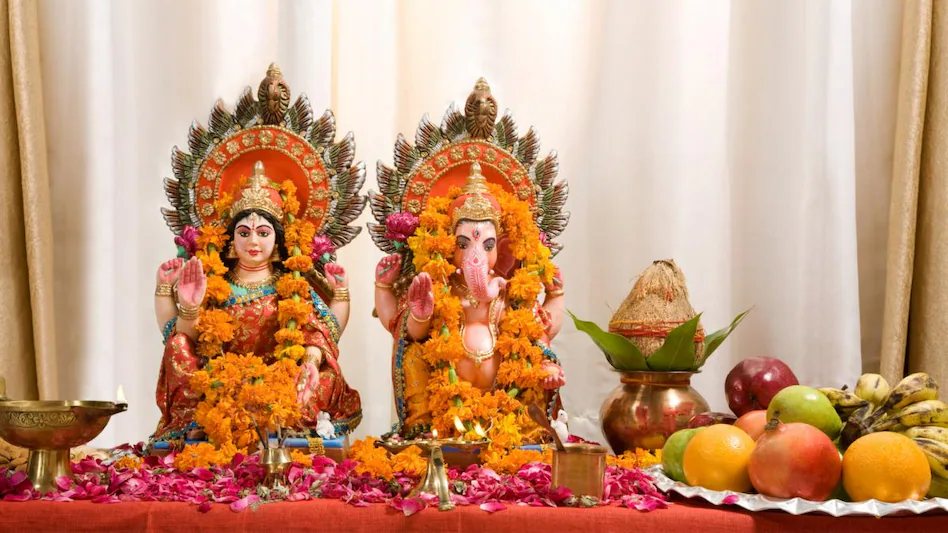
Traditionally, Diwali pujas were elaborate ceremonies, often lasting for hours, where families worshipped deities such as Lakshmi, the goddess of wealth, and Ganesha, the remover of obstacles. The rituals were typically guided by priests, and family members would gather to chant mantras and make offerings.
Now:
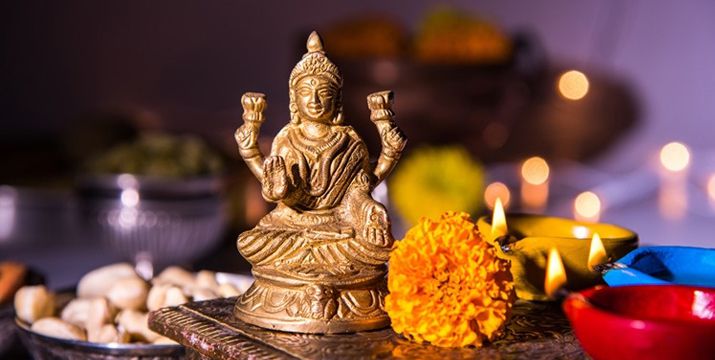
Today’s Diwali pujas are often shorter, allowing families to participate without the constraints of time. Many households choose to perform simpler, family-led ceremonies that include lighting diyas, offering sweets, and saying prayers together. With the aid of online resources and virtual pujas, even families who are geographically separated can join in and celebrate.
Gifting: From Traditional Sweets to Personalized, Eco-Friendly Gifts
Then:

The custom of exchanging gifts during Diwali has always been about spreading joy and goodwill. Traditionally, sweets, dry fruits, and household items were common gifts, symbolizing prosperity and abundance.
Now:

Modern Diwali gifting has taken on a personal and eco-friendly touch. Curated gift hampers featuring handmade items, artisanal foods, sustainable products, and personalized tokens have become popular choices. Families are increasingly conscious of their environmental impact, choosing biodegradable packaging and supporting local artisans in their Diwali gifting.
Gathering Together: From Family Reunions to Virtual Celebrations
Then:

Diwali has traditionally been a time for family reunions, with extended families gathering at the home of the eldest member to celebrate together. The festival has always symbolized unity, with families traveling from afar to be with their loved ones.
Now:
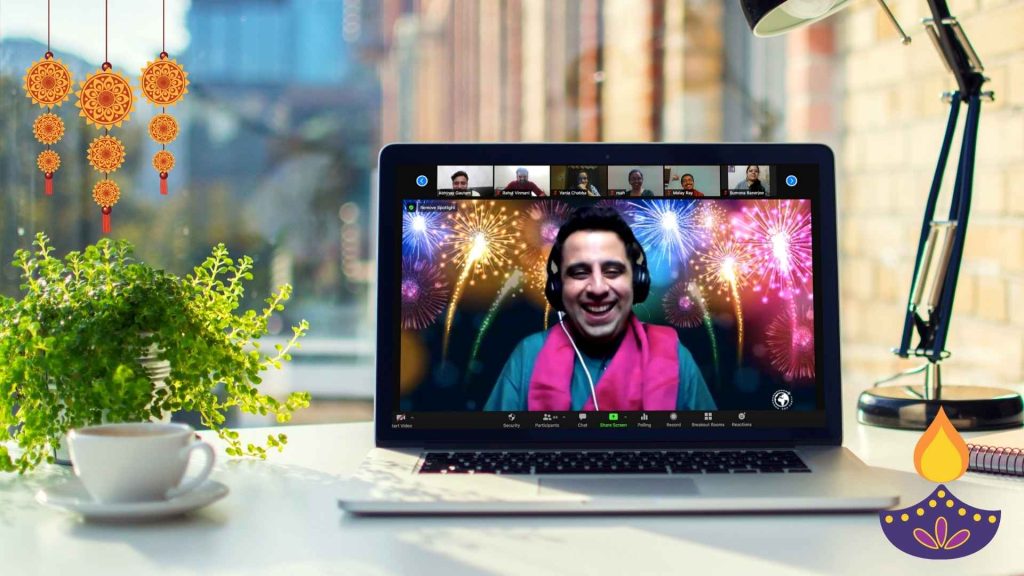
Today, the concept of a Diwali gathering has evolved with the times. For families who live apart, virtual celebrations on platforms like Zoom and WhatsApp are now a common practice, especially for those living abroad. Technology allows families to participate in Diwali traditions despite distance, whether by watching the puja together online or sharing a virtual Diwali dinner.
Rangoli: From Handcrafted Designs to Stencils and Digital Patterns
Then:
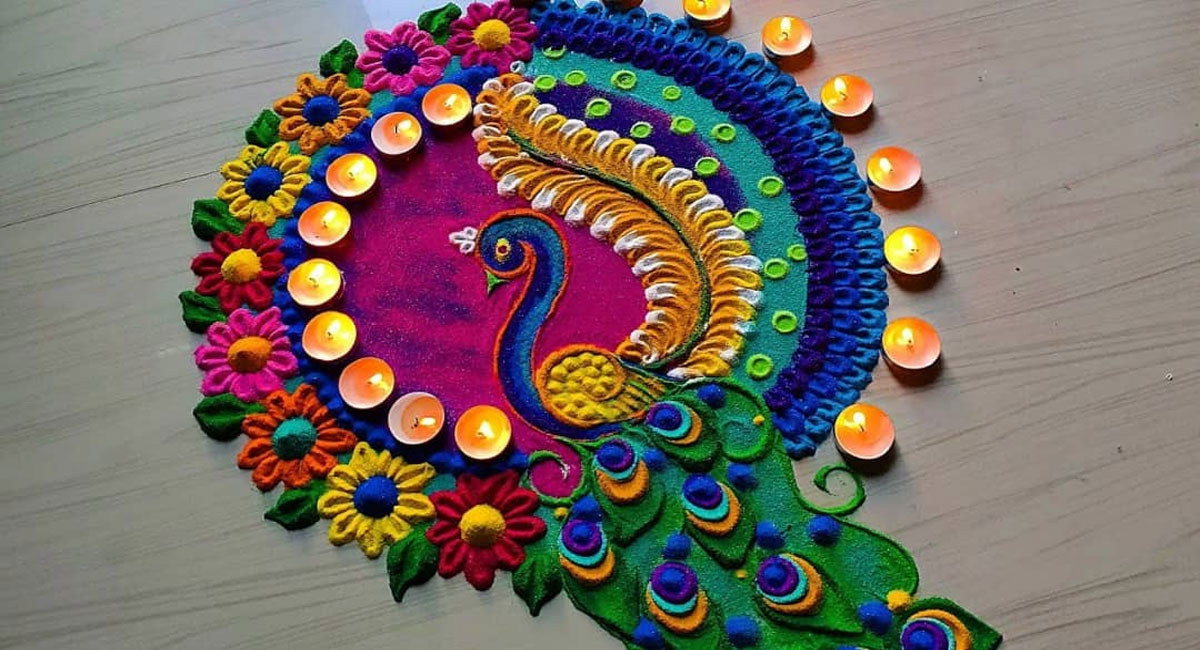
Rangoli, the art of creating patterns on the floor using colored powders, flowers, or rice, has been a symbol of good luck and a way to welcome guests during Diwali. Traditionally, rangoli designs were crafted by hand, and passed down through generations.
Now:
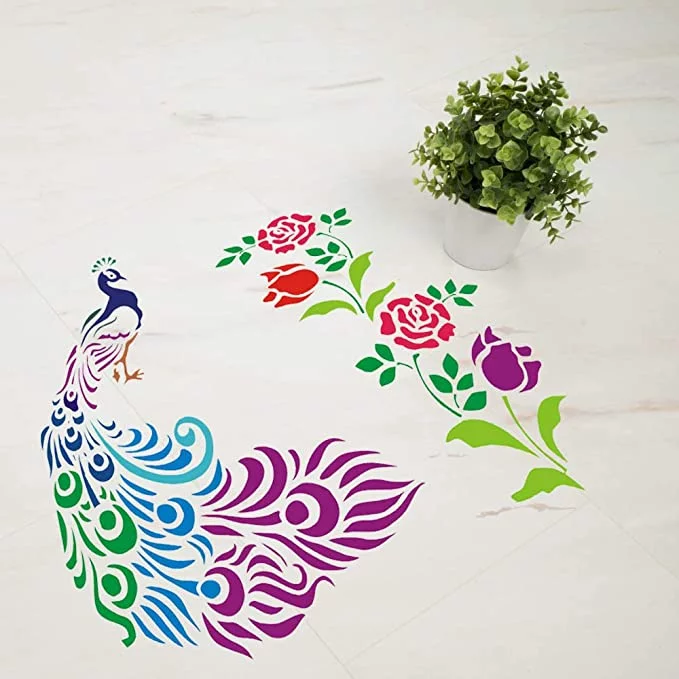
While many still enjoy the tradition of hand-drawn rangoli, modern options like stencils, pre-designed stickers, and digital rangoli patterns have made it easier for beginners to participate. Digital rangoli apps and tools provide templates that can be recreated on floors, making this art form accessible to all skill levels.
Diwali Clothing: From Traditional Ethnic Wear to Fusion and Sustainable Fashion
Then:
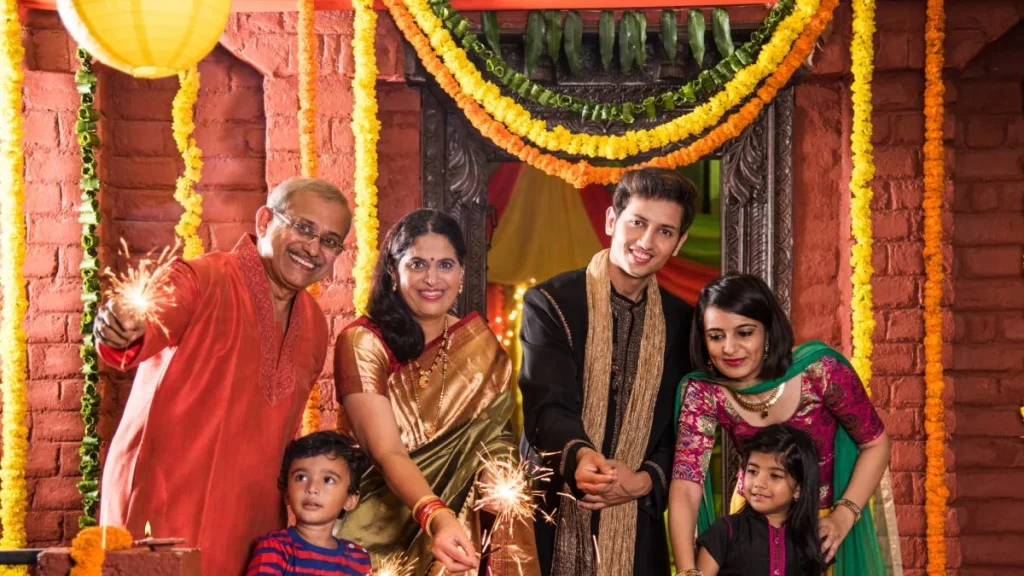
Wearing new clothes, particularly traditional attire like sarees and kurta-pajamas, has been a significant Diwali tradition, symbolizing prosperity and new beginnings. Family members would often purchase or receive new clothes specifically for the festival.
Now:
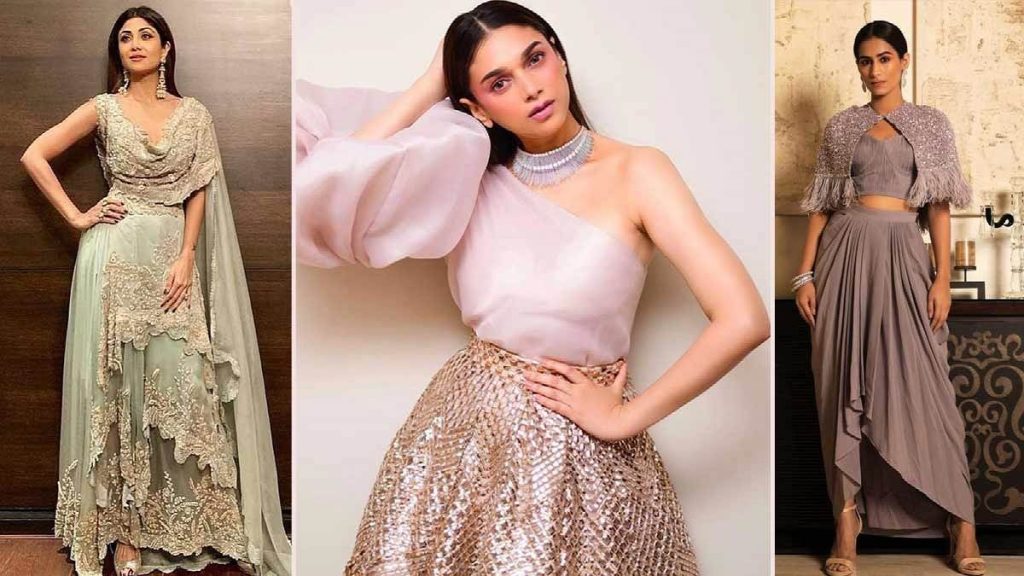
While traditional clothing remains popular, there’s a rising trend of fusion wear, combining ethnic and contemporary styles. Sustainable fashion has also gained popularity, with many opting for outfits made from eco-friendly fabrics or supporting ethical brands. Rental platforms allow people to wear designer or traditional attire without contributing to fast fashion.
Conclusion: Preserving the Spirit of Diwali in Modern Times
As we embrace these changes, it’s clear that Diwali has adapted beautifully to the times while keeping its core values alive. The festival continues to bring people together, whether through traditional rituals or modern alternatives, and remains a time for reflection, gratitude, and joy. While today’s Diwali celebrations may look different from those of generations past, the essence of Diwali—the victory of light over darkness and the importance of family, unity, and prosperity—remains as strong as ever.



